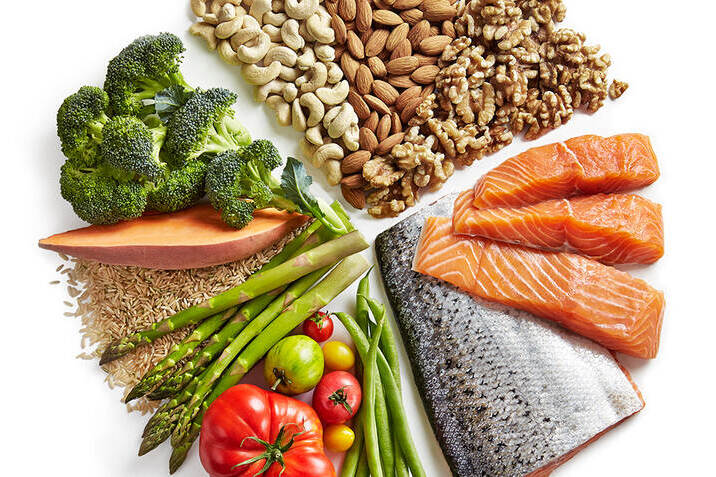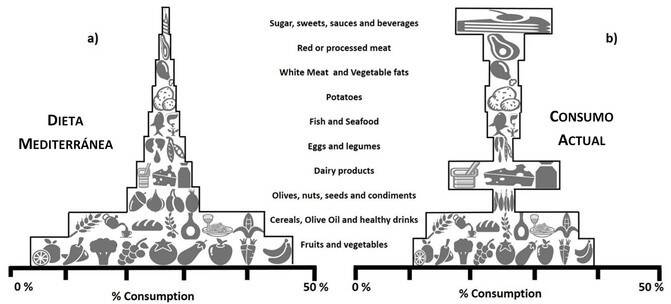Spain is moving away from the Mediterranean Diet
A new study confirms how the current consumption patterns in Spain contains three times more meat, dairy products and sugar, and a third less fruits, vegetables and cereals. The Spanish society’s return to the Mediterranean Diet would produce, in addition to nutritional benefits, significant water savings.

On July 16, Eurostat published that Spain is the country with the lowest annual mortality rate. Experts agree that this is explained by a diet rich in fruits, vegetables and fish, as well as a lifestyle favoring longevity. However, more and more scientific articles question the adherence of Spanish households to the traditional Mediterranean model.
A new study, led by Ceigram researchers, analyzes current patterns and the possible deviation which is occurring regarding the recommended Mediterranean Diet.
Differences in consumer pyramids
“The Mediterranean Diet is less caloric and richer in fiber, carbohydrates and micronutrients”, the main author, Dr. Alejandro de Blas, explains. However, the results reveal that current Spanish consumption patterns, especially among the younger and urban generations, are shifting towards alternative diets containing three more times more meat, dairy products and sugar, and a third less vegetables, fruits and cereals. These shifts are placing Mediterranean societies at high risk of obesity.

In addition, with a view to connecting water, environment, food security, nutrition and health, the authors assessed the water footprint (WF) and nutritional impacts that this shift entails. Water availability problems have been a historical issue in Spain closely linked to growing water demand, particularly of agriculture, in a semi-arid climate setting.
“A change towards a Mediterranean diet would reduce the consumptive WF by 753 liters/person/day, of which 34 are irrigation water”. Besides that, the Mediterranean diet has a greater nutritional-hydric efficiency that the current consumption pattern.
Link to article in English: https://www.sciencedirect.com/science/article/pii/S0048969719305935?via%3Dihub
Source: aenverde.es